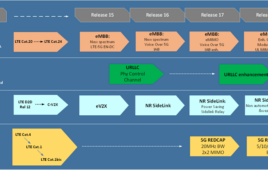3G Americas shines a light on the shortcomings of third-party Emergency Alert Systems (EAS) in a new research report. The report concludes that these systems will not be able to deliver a high volume of emergency messages in a short period of time because of the inherent architecture of cellular networks.
The report, Characterizing the Limitations of Third-Party EAS over Cellular Text Messaging Services, was written by Patrick Traynor, Ph.D., who is an assistant professor in the School of Computer Science at the Georgia Institute of Technology, and an expert in security for cellular networks.
Not only might the additional traffic created by third-party EAS solutions disrupt other traffic such as voice communications, the report demonstrates that EAS over SMS in current cellular systems is not feasible or recommended.
Traynor pointed to the recent Obama text campaign as an example. “Even though the population participating in this campaign announcement was not necessarily as dense as a major disaster messaging effort, there were still significant message delivery issues reported …”
Even under optimal conditions, Traynor showed that networks cannot meet the 10-minute alert goal set forth by the public EAS charter. Also, the extra text messaging traffic generated by third-party EAS will cause congestion in the network and may block the delivery of critical information, such as calls between emergency responders or the public to 9-1-1 services.
The report suggests that through the creation of new standards such as cell broadcast, many of the problems created by the current point-to-point” architecture can be avoided.




